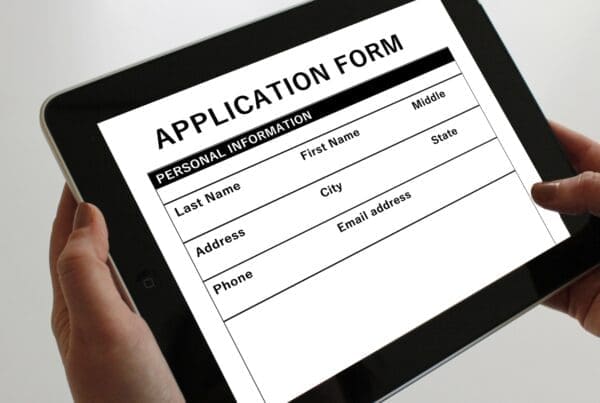In today’s dynamic business landscape, organisations face the dual challenge of attracting top talent and retaining their existing workforce. While external hiring remains essential, savvy companies recognise that their greatest asset lies within their current employees. Enter internal mobility, a strategic approach that fosters growth, development, and engagement from within the organisation.
What Is Internal Mobility?
Internal mobility refers to the movement of employees within an organisation to new career and development opportunities. It’s about enabling talent to explore different roles, both vertically and laterally. Here are some key aspects of internal mobility:
- Vertical Mobility: This involves promotions or upward moves within the organisational structure. Employees climb the career ladder, taking on more responsibility and leadership roles.
- Lateral Mobility: Lateral moves allow employees to transition to different roles at the same level. These moves provide fresh challenges, exposure to new skills, and collaboration with different teams.
- Temporary Assignments: Sometimes, internal mobility takes the form of short-term projects or contracts. These assignments allow employees to contribute their expertise to specific initiatives without a permanent shift.
Why Is Internal Mobility Important
- Retention and Engagement: High-growth companies understand that a lack of career development opportunities can lead to talent attrition. By offering internal mobility, organisations retain their best performers and keep them engaged.
- Skill Development: Internal mobility encourages employees to learn and adapt. They gain new skills, broaden their horizons, and become more versatile contributors.
- Cost-Effectiveness: Hiring externally involves recruitment costs, onboarding, and training. Internal mobility reduces these expenses by utilising existing talent.
Types of Internal Mobility
- Role-to-Role Mobility: Employees make lateral moves, exploring different career paths. They retain similar salaries and job levels but gain exposure to new skills and colleagues.
- Promotions: Vertical mobility involves moving up the organisational ladder. Promotions recognise performance and provide growth opportunities.
- Cross-Functional Moves: Employees switch departments or teams, bringing fresh perspectives and enhancing collaboration.
- Temporary Assignments: Short-term projects allow employees to contribute their expertise without a permanent role change.
Enabling Internal Mobility
- Talent Marketplaces: HR platforms match employees with internal opportunities. By analysing skills, interests, and preferences, organisations identify the right fit for each role.
- Transparent Communication: Regular discussions about career aspirations and mobility options empower employees to make informed choices.
- Skill Development Programs: Invest in training and upskilling to prepare employees for new roles.
Overcoming Challenges in Internal Mobility
Implementing internal mobility strategies may encounter challenges such as:
- Resistance to Change: Some employees may resist moving to different roles or departments.
- Communication Gaps: Ineffective communication about internal opportunities can hinder the success of mobility programs.
- 3. Skill Mismatch: Ensuring that employees have the necessary skills for the roles they aspire to is crucial.
Organisations can overcome these challenges by fostering a culture that values continuous learning, providing clear communication channels, and offering targeted training programs.
Internal mobility isn’t just a buzzword; it’s a strategic opportunity. By nurturing talent from within, organisations create a culture of growth, adaptability, and loyalty. So, seize the day — unlock your talent potential through internal mobility!





